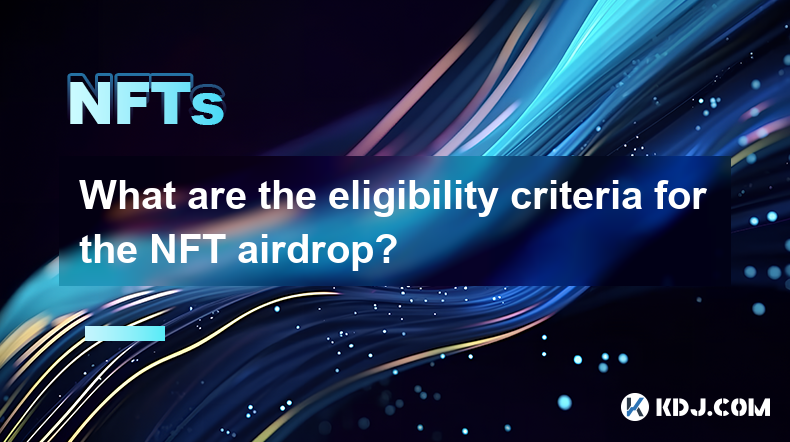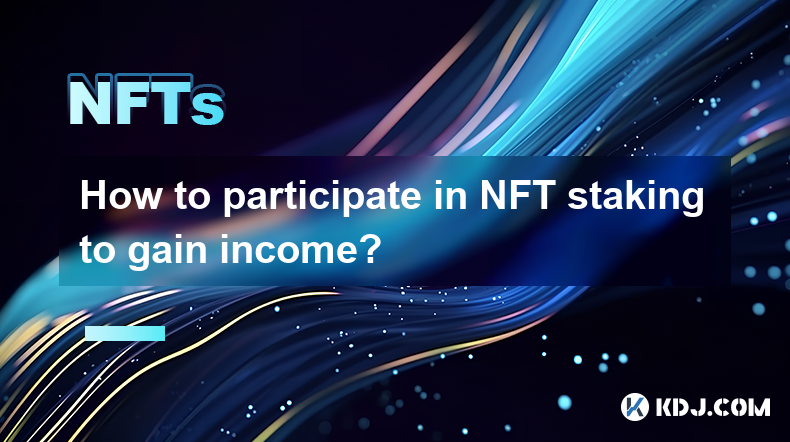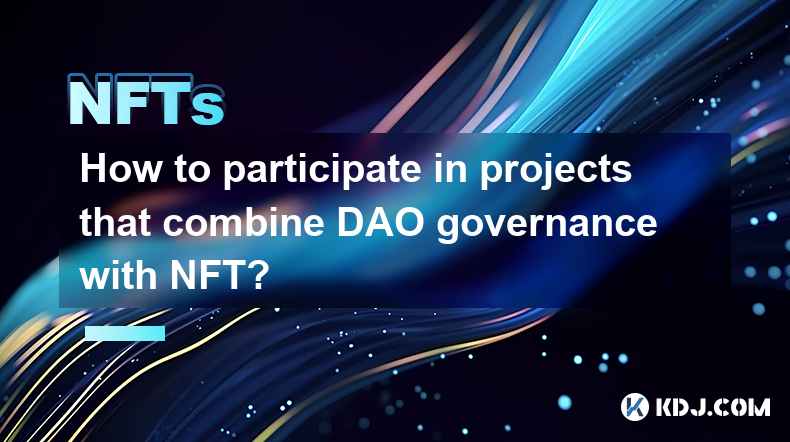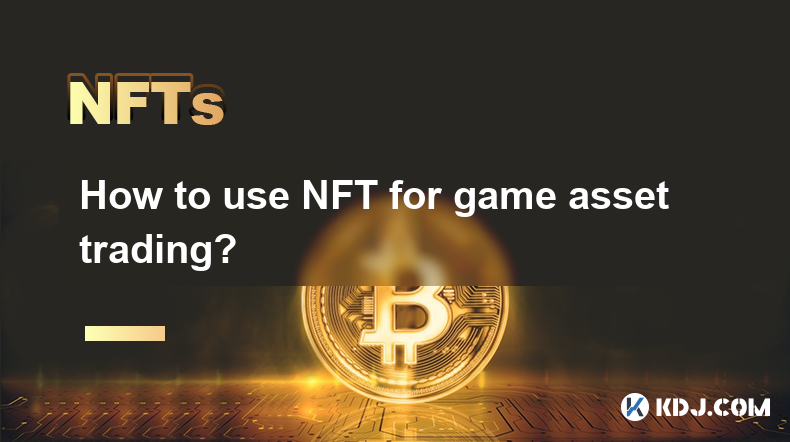-
 Bitcoin
Bitcoin $84,140.6204
-0.65% -
 Ethereum
Ethereum $1,571.7107
-1.08% -
 Tether USDt
Tether USDt $0.9999
-0.01% -
 XRP
XRP $2.0657
-1.57% -
 BNB
BNB $587.0749
0.63% -
 Solana
Solana $131.5042
2.64% -
 USDC
USDC $0.9999
0.00% -
 TRON
TRON $0.2477
-2.84% -
 Dogecoin
Dogecoin $0.1541
-0.47% -
 Cardano
Cardano $0.6147
0.44% -
 UNUS SED LEO
UNUS SED LEO $9.0845
-3.46% -
 Chainlink
Chainlink $12.3082
-0.44% -
 Avalanche
Avalanche $18.9724
-0.49% -
 Toncoin
Toncoin $2.9419
1.59% -
 Stellar
Stellar $0.2373
-0.06% -
 Shiba Inu
Shiba Inu $0.0...01167
-1.19% -
 Sui
Sui $2.0762
-1.59% -
 Hedera
Hedera $0.1594
0.08% -
 Bitcoin Cash
Bitcoin Cash $329.6626
2.63% -
 Polkadot
Polkadot $3.5903
0.80% -
 Litecoin
Litecoin $74.4026
-0.45% -
 Hyperliquid
Hyperliquid $16.1660
1.52% -
 Dai
Dai $1.0000
-0.01% -
 Bitget Token
Bitget Token $4.3245
-0.26% -
 Ethena USDe
Ethena USDe $0.9991
-0.01% -
 Pi
Pi $0.6112
-1.00% -
 Monero
Monero $215.3188
-1.23% -
 Uniswap
Uniswap $5.1249
-1.18% -
 OKB
OKB $50.3147
-2.91% -
 Pepe
Pepe $0.0...07131
-0.66%
How does NFT Lending achieve NFT liquidity?
NFT lending platforms offer liquidity by letting users borrow against their NFTs' value without selling, creating a market for NFT-backed loans and providing access to capital while retaining ownership. Various models exist, impacting risk and reward, with LTV ratios influenced by factors like NFT value and market conditions.
Mar 01, 2025 at 11:06 pm

Key Points:
- NFT lending platforms act as intermediaries, allowing users to borrow against the value of their NFTs without selling them.
- Liquidity is achieved through the creation of a market for NFT-backed loans, enabling users to access capital while retaining ownership.
- Different lending models exist, each with varying levels of risk and reward for both lenders and borrowers.
- Several factors influence the loan-to-value (LTV) ratio offered on NFTs, impacting the amount borrowers can access.
- Security and risk management are crucial aspects of NFT lending, with platforms employing various measures to protect both assets and users.
How Does NFT Lending Achieve NFT Liquidity?
Non-Fungible Tokens (NFTs) have exploded in popularity, but their illiquidity remains a significant hurdle for many owners. Selling an NFT often involves lengthy processes and unpredictable pricing. NFT lending offers a solution by unlocking the value tied up in these digital assets without requiring a sale. It bridges the gap between the need for immediate capital and the desire to retain ownership of a valuable NFT.
The process typically involves a platform acting as an intermediary. Users deposit their NFTs as collateral, receiving a loan in cryptocurrency (often stablecoins) in return. The loan amount is determined by the perceived value of the NFT, usually expressed as a Loan-to-Value (LTV) ratio. This ratio represents the percentage of the NFT's value that the platform will lend. A higher LTV ratio means a larger loan, but also a higher risk for the lender.
Mechanisms for Achieving Liquidity:
NFT lending platforms achieve liquidity through several key mechanisms. Firstly, they create a market for NFT-backed loans. This allows users to borrow against their assets, instantly converting their illiquid NFT into liquid cryptocurrency. Secondly, the platforms themselves often act as liquidity providers, supplying the funds for loans. Finally, some platforms utilize decentralized finance (DeFi) protocols to source lending capital, further expanding the liquidity pool.
Different Lending Models and Their Impact on Liquidity:
Various models exist within the NFT lending space, each affecting the overall liquidity. Peer-to-peer (P2P) lending connects borrowers and lenders directly, potentially offering better terms but relying on finding matching parties. Centralized platforms manage the entire lending process, offering convenience but potentially less flexibility in terms and interest rates. Decentralized lending platforms (built on blockchain technology) provide transparency and immutability but may have higher technical barriers to entry.
Factors Influencing Loan-to-Value (LTV) Ratios:
Several factors influence the LTV ratio offered on an NFT, directly affecting the amount a borrower can access. The NFT's perceived market value is paramount, often determined through floor prices on marketplaces or algorithms considering past sales data. The platform's risk assessment plays a crucial role; rarer and more sought-after NFTs generally command higher LTV ratios. The platform's overall risk appetite and the prevailing market conditions also influence the LTV ratios offered.
Security and Risk Management in NFT Lending:
Security and risk mitigation are paramount in NFT lending. Platforms employ various strategies to protect both the lender's capital and the borrower's NFT. These include rigorous KYC/AML procedures, smart contract audits to ensure code security, and insurance policies to cover potential losses. Liquidation mechanisms are also crucial; if a borrower defaults on their loan, the platform can liquidate the NFT collateral to recover the funds owed to the lender. This process aims to minimize losses for all parties involved.
Understanding the Role of Decentralized Finance (DeFi):
DeFi protocols play an increasingly significant role in NFT lending. These platforms leverage smart contracts to automate the lending process, promoting transparency and efficiency. DeFi lending pools allow users to deposit their crypto assets to earn interest, providing liquidity for NFT loans. This integration between DeFi and NFT lending significantly enhances the overall liquidity available within the ecosystem.
The Impact of Market Volatility on NFT Lending Liquidity:
Market volatility directly affects NFT lending liquidity. During periods of high market volatility, the value of NFTs can fluctuate significantly, impacting LTV ratios and the overall risk assessment. This can lead to platforms tightening lending criteria or reducing LTV ratios, potentially limiting the amount borrowers can access. Conversely, in stable markets, higher LTV ratios and increased lending activity may occur.
Future Trends in NFT Lending and Liquidity:
The NFT lending landscape is constantly evolving. We can expect to see increased integration with DeFi, the development of more sophisticated risk assessment models, and the emergence of new lending products catering to specific NFT types. The expansion of institutional involvement in the space could also significantly boost liquidity. Innovations like fractionalized NFTs could further enhance liquidity by allowing users to borrow against a portion of their NFT's value.
Common Questions:
Q: What are the risks associated with NFT lending?
A: Risks include market volatility impacting NFT value, platform security breaches, smart contract vulnerabilities, and the possibility of liquidation if the borrower defaults on their loan. Borrowers should carefully evaluate the risks and only borrow amounts they can comfortably repay.
Q: How is the value of an NFT determined for lending purposes?
A: NFT valuation for lending often considers floor prices on major marketplaces, recent sales data, and the platform's own algorithms. Rarer and more sought-after NFTs typically receive higher valuations.
Q: What happens if a borrower defaults on their loan?
A: Most platforms have liquidation mechanisms in place. If a borrower fails to repay their loan, the platform can liquidate the collateralized NFT to recover the funds owed to the lender. The proceeds from the liquidation are used to repay the lender, with any remaining funds returned to the borrower.
Q: Are NFT lending platforms regulated?
A: The regulatory landscape for NFT lending is still evolving and varies significantly by jurisdiction. Many platforms operate in a relatively unregulated space, so users should carefully research the platform's compliance and security measures before participating.
Q: What types of NFTs are typically accepted as collateral?
A: The specific NFTs accepted as collateral vary by platform. However, generally, higher-value and more liquid NFTs from established collections are more readily accepted due to their lower risk profile for the lender.
Disclaimer:info@kdj.com
The information provided is not trading advice. kdj.com does not assume any responsibility for any investments made based on the information provided in this article. Cryptocurrencies are highly volatile and it is highly recommended that you invest with caution after thorough research!
If you believe that the content used on this website infringes your copyright, please contact us immediately (info@kdj.com) and we will delete it promptly.
- Former United States President Donald Trump is likely making a bold move into blockchain gaming
- 2025-04-17 23:15:12
- The TRUMP memecoin is set to unlock over $300 million worth of tokens this Saturday
- 2025-04-17 23:15:12
- Mantra Crypto (OM) Token Just Cratered, Shedding 80% of Its Value and Torching Billions in Market Cap
- 2025-04-17 23:10:12
- Chainlink (LINK) price has been under significant pressure recently, with a notable decline over the past three weeks.
- 2025-04-17 23:10:12
- Pi Network Price Prediction: Will the Pi Token Reach $30 If Banks Adopt It?
- 2025-04-17 23:05:12
- Ultra-rare coins with royal connection could be worth small fortune
- 2025-04-17 23:05:12
Related knowledge

What are the eligibility criteria for the NFT airdrop?
Apr 17,2025 at 04:56pm
Understanding NFT AirdropsNFT airdrops are a popular method used by blockchain projects to distribute non-fungible tokens (NFTs) to their community members. These airdrops can serve various purposes, such as rewarding loyal users, promoting new projects, or increasing the visibility of existing ones. To participate in an NFT airdrop, individuals must me...

How to combine traditional artworks with NFTs?
Apr 17,2025 at 12:35am
The integration of traditional artworks with Non-Fungible Tokens (NFTs) represents a fascinating intersection of art and technology, offering artists and collectors new ways to engage with and monetize art. This article will explore how traditional artworks can be combined with NFTs, providing a detailed guide on the process, benefits, and consideration...

How to participate in NFT staking to gain income?
Apr 17,2025 at 06:14pm
Participating in NFT staking to generate income has become an increasingly popular method within the cryptocurrency community. NFT staking involves locking up your Non-Fungible Tokens in a smart contract to earn rewards, typically in the form of additional tokens or other benefits. This guide will walk you through the process of participating in NFT sta...

How to make music or video files into NFTs?
Apr 16,2025 at 10:29pm
Creating music or video files into Non-Fungible Tokens (NFTs) has become an increasingly popular way for artists and creators to monetize their work directly. This process involves converting your digital content into a unique token on a blockchain, which can then be bought, sold, or traded. Here’s a detailed guide on how to transform your music or vide...

How to participate in projects that combine DAO governance with NFT?
Apr 17,2025 at 10:14am
Participating in projects that combine DAO governance with NFTs offers a unique opportunity to engage with decentralized communities and digital assets. These projects often involve voting on project decisions and owning unique digital tokens that can represent membership, access, or other benefits. Here's a detailed guide on how to participate in such ...

How to use NFT for game asset trading?
Apr 17,2025 at 12:21pm
Using Non-Fungible Tokens (NFTs) for game asset trading has become an increasingly popular method for gamers and developers alike to buy, sell, and trade unique in-game items. NFTs provide a way to prove ownership and authenticity of digital assets, making them perfect for trading game items that have unique characteristics and value. In this article, w...

What are the eligibility criteria for the NFT airdrop?
Apr 17,2025 at 04:56pm
Understanding NFT AirdropsNFT airdrops are a popular method used by blockchain projects to distribute non-fungible tokens (NFTs) to their community members. These airdrops can serve various purposes, such as rewarding loyal users, promoting new projects, or increasing the visibility of existing ones. To participate in an NFT airdrop, individuals must me...

How to combine traditional artworks with NFTs?
Apr 17,2025 at 12:35am
The integration of traditional artworks with Non-Fungible Tokens (NFTs) represents a fascinating intersection of art and technology, offering artists and collectors new ways to engage with and monetize art. This article will explore how traditional artworks can be combined with NFTs, providing a detailed guide on the process, benefits, and consideration...

How to participate in NFT staking to gain income?
Apr 17,2025 at 06:14pm
Participating in NFT staking to generate income has become an increasingly popular method within the cryptocurrency community. NFT staking involves locking up your Non-Fungible Tokens in a smart contract to earn rewards, typically in the form of additional tokens or other benefits. This guide will walk you through the process of participating in NFT sta...

How to make music or video files into NFTs?
Apr 16,2025 at 10:29pm
Creating music or video files into Non-Fungible Tokens (NFTs) has become an increasingly popular way for artists and creators to monetize their work directly. This process involves converting your digital content into a unique token on a blockchain, which can then be bought, sold, or traded. Here’s a detailed guide on how to transform your music or vide...

How to participate in projects that combine DAO governance with NFT?
Apr 17,2025 at 10:14am
Participating in projects that combine DAO governance with NFTs offers a unique opportunity to engage with decentralized communities and digital assets. These projects often involve voting on project decisions and owning unique digital tokens that can represent membership, access, or other benefits. Here's a detailed guide on how to participate in such ...

How to use NFT for game asset trading?
Apr 17,2025 at 12:21pm
Using Non-Fungible Tokens (NFTs) for game asset trading has become an increasingly popular method for gamers and developers alike to buy, sell, and trade unique in-game items. NFTs provide a way to prove ownership and authenticity of digital assets, making them perfect for trading game items that have unique characteristics and value. In this article, w...
See all articles























































































